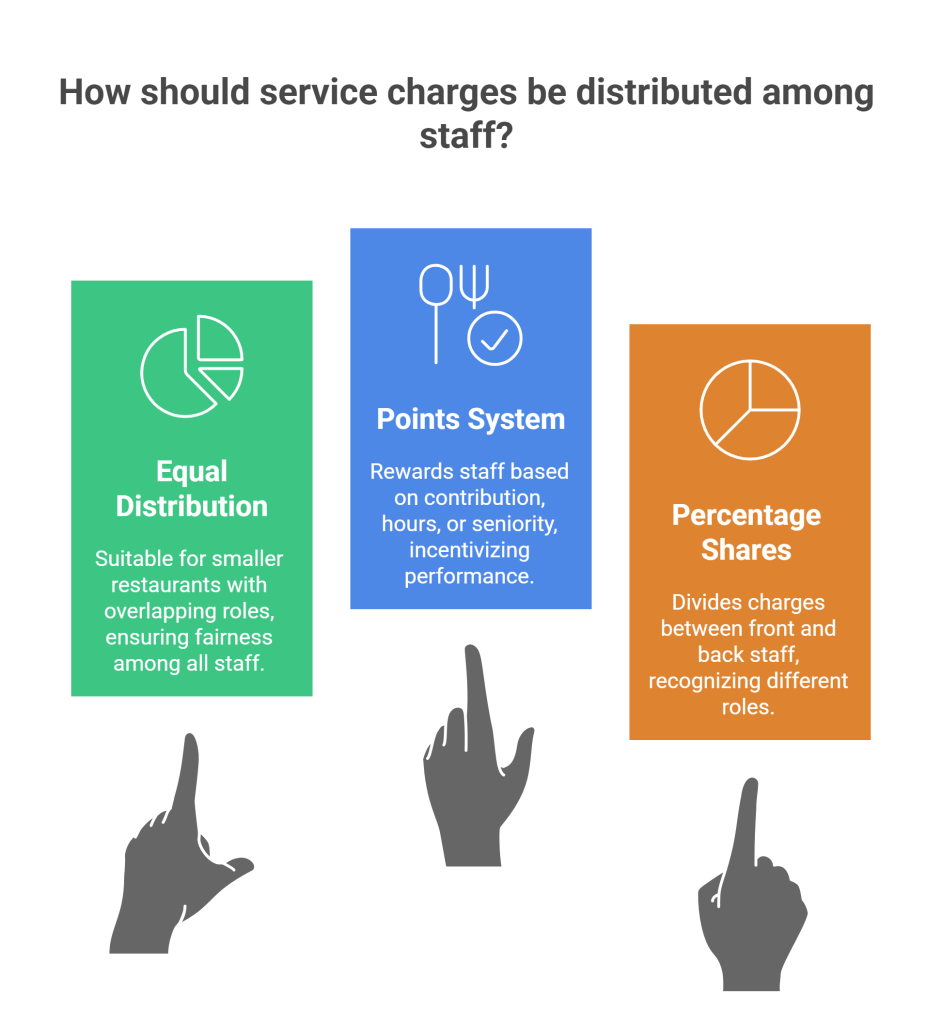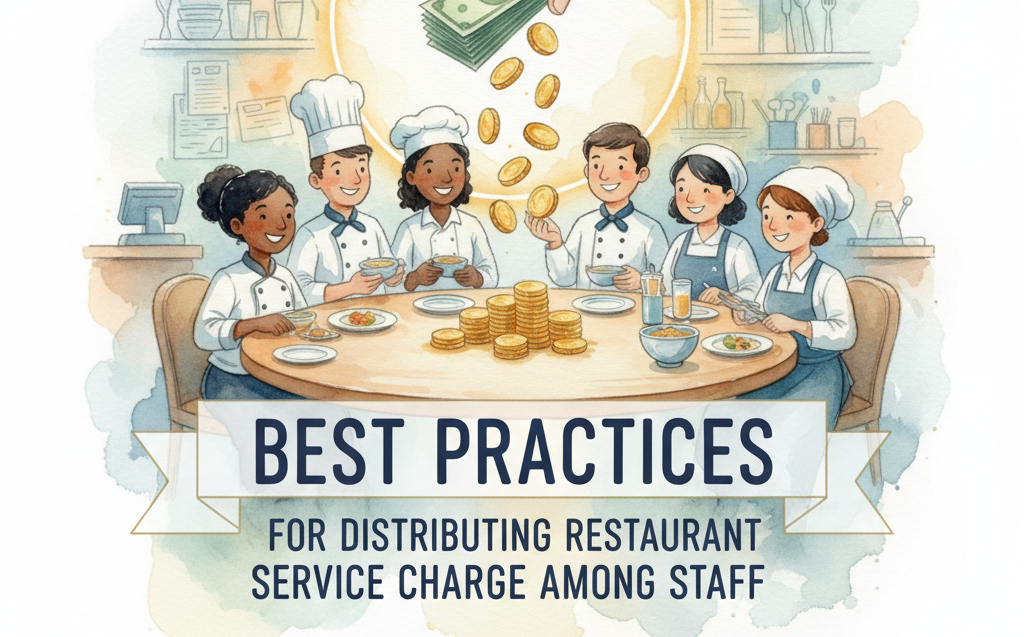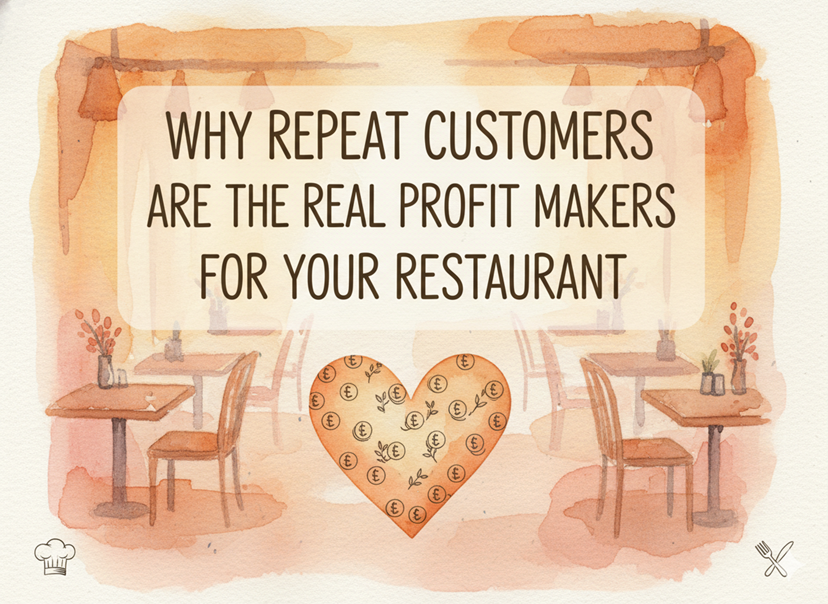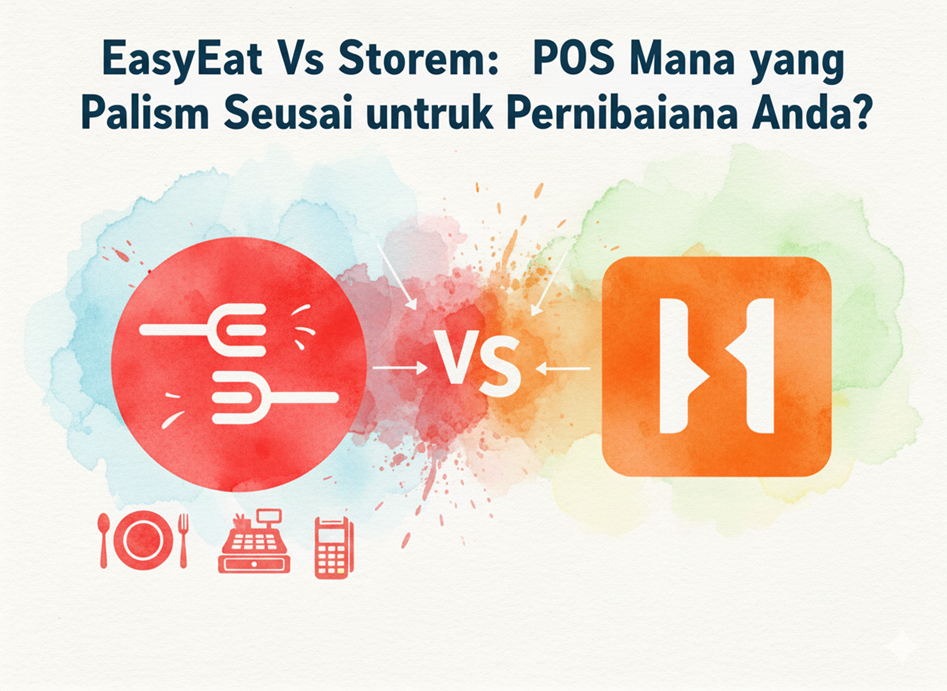When you add a restaurant service charge to the bill, customers often assume that the money goes directly to the people serving them. But if the way you handle that charge is unclear or unfair, it can create tension in your workplace. Distributing the charge in the right way builds trust, keeps your team motivated, and ensures that customers’ contributions reach the people who make their dining experience possible.
In Malaysia, service charges are common in many eateries, usually set at around 10%. According to MalaysiaKini, customers are becoming more aware of how these charges are handled, and many now expect transparency on how the money is used. This makes it more important for you to manage the service charge wisely and distribute it fairly among your staff.
Why Does Distributing the Service Charge Matter
When your team knows they are receiving a fair share of the service charge, they feel valued. This directly impacts the quality of service they deliver. A survey by HRD Asia in 2023 showed that 74% of employees in Malaysia said fair pay and recognition were their top motivators at work. If staff believe the restaurant service fee is being kept by management instead of being shared, it can damage morale and even lead to higher turnover.
Think of it this way: every RM collected as a service charge is part of the recognition your customers want to give to your staff. By sharing it properly, you show your team that their effort is seen and rewarded.
Who Should be Included in the Service Charge Distribution?
One of the biggest questions you may face is who should actually get a share of the service charge. The most common approach is to include all front-of-house staff, waiters, hosts, and servers, since they interact directly with customers. But fair distribution often goes beyond that.
Back-of-house staff such as chefs, dishwashers, and cleaners also contribute to the customer experience. After all, a great meal depends on the teamwork of everyone involved. Many restaurants in Malaysia now include both front and back staff in the distribution, making it clear that everyone’s role matters.
Including all staff avoids conflicts and builds a sense of unity. If only a few employees benefit, it can create jealousy or resentment among the rest of the team.
Best Methods of Service Charge Distribution
There are several ways you can handle service charge distribution, and the method you choose should be clear, consistent, and communicated to everyone.
Some restaurants divide the total pool equally among all staff members. This works well in smaller places where roles overlap. Others use a points system, where each role is assigned points based on contribution, hours worked, or seniority. For example, a waiter who works more shifts in a week might earn more points than someone who works part-time.
Another approach is to distribute based on percentage shares between front and back staff. For example, 60% could go to service staff and 40% to kitchen staff. What matters most is transparency. Whatever system you choose, explain it clearly and stick to it.

Best Practices for Managing Service Charge Distribution
Managing service charge distribution well requires more than just deciding on a method. The process needs to be structured, fair, and consistent. Here are some practices that work:
First, keep accurate records of how much is collected as a restaurant service fee. Staff should be able to see these records so they know what amount is being shared. A survey by PwC Malaysia found that 86% of employees trust companies more when there is transparency in pay and benefits.
Second, make the distribution regular. Whether it’s weekly or monthly, having a fixed schedule builds trust. Staff should not feel like the money is being held back.
Third, consider using digital tools. Modern POS systems, like EasyEat, come with features like invoice layout editors, and you can also show the service charge clearly to customers, which avoids confusion and builds confidence.
Importance of a Good Work Culture in Restaurants
Fair service charge distribution is not just about money. It’s about building a culture of respect and fairness in your workplace. When staff feel treated fairly, they are more likely to work as a team.
Good work culture reduces staff turnover, which is a big challenge in Malaysia’s F&B industry. According to a 2022 report by Randstad Malaysia, the hospitality sector had one of the highest employee turnover rates, at nearly 30%. Losing trained staff is expensive and disrupts your daily operations. By keeping your team motivated with fair treatment, you avoid these problems.
Benefits of a Positive Restaurant Work Culture
When you build a positive culture through fair practices, the benefits extend to your business as well. Staff are more motivated, which means customers receive better service. Satisfied customers are more likely to return, and word of mouth spreads quickly.
Another benefit is that you attract better talent. In a time when many young Malaysians value workplace culture as much as salary, showing that you share service charges fairly can help you stand out.
A restaurant service charge is more than just a line on a customer’s bill. It is a reflection of how you value your team and how transparent you are with your customers. By distributing it fairly among all staff, keeping the process transparent, and using clear systems, you build trust on all sides.
At the same time, fair distribution helps create a positive work culture where everyone feels included. This not only improves service but also reduces turnover and attracts better staff. In the end, handling service charge distribution properly benefits your team, your customers, and your business as a whole.






